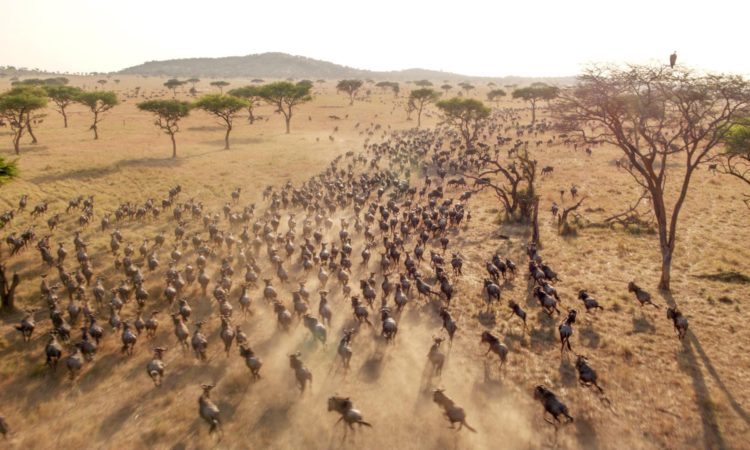Kenya’s famed Masai Mara Game Reserve is set to implement new entrance fees starting January 2024, sparking discussions among tourists and the public about their potential effects on visitors and the reserve’s long-term outlook. These fee adjustments are designed to introduce a more diverse pricing structure, addressing economic considerations and conservation efforts to strike a balance between accessibility and wildlife preservation.
Here’s an overview of the forthcoming changes in the Masai Mara’s entrance fees:
a) Kenyan adult citizens will see a significant increase in entrance fees, from KES 1,000 to KES 3,000. Children and students in this category will also experience substantial fee adjustments, with rates rising from KES 300 to KES 1,000.
b) Residents of Narok County, where the Masai Mara Reserve is situated, will have a distinct fee structure. Adult residents will be required to pay KES 2,000 for park entry, while children aged ten and above will face a fee of KES 500. Children under ten years old will continue to enjoy complimentary access.
c) East African residents will face higher fees in 2024. Adults in this category will need to pay KES 4,500 for park entry, while children and students in this region will be charged KES 2,000 each.
d) Foreign visitors will experience more significant fee changes. Their fees will rise to KES 15,060 (equivalent to USD 100) from January to June. For the rest of the year, these fees will double, amounting to KES 30,120 (equivalent to USD 200). Foreign children and students will also be subject to higher costs, amounting to KES 7,530.
The Narok County Government confirmed these new rates, emphasizing the increased fees for non-resident adults in 2024. These changes will be in effect from January 1, 2024, through June 30, 2024, with the entrance fee for non-resident adults per day set at USD 100. From July 1, 2024, onward, the fee will double, amounting to USD 200 per non-resident adult per day.
Furthermore, park fees will vary based on whether visitors reside within the park or outside its boundaries. In the remaining part of 2023, those living within the main national reserve will be required to pay an entrance fee of KES 10,542 (USD70) per adult per day, while children under 12 years of age will pay KES 6,024 (USD 40). For visitors living outside the reserve, rates are set at KES 12,048 for adults and KES 6,777 for children.
In an effort to manage growing visitor traffic and preserve the wildlife-rich ecosystem, the Masai Mara Game Reserve’s revised fee structure aims to balance accessibility, revenue generation, and wildlife conservation. These changes are expected to prompt discussions among tourists, conservationists, and the local community, as the Masai Mara remains a focal point in Kenya’s tourism industry.
With tourism receipts increasing by 82.9% to KES 268.1 billion in 2022 from KES 146.51 billion in 2021, the impact of these changes in park entry fees on tourism numbers in Kenya remains to be seen. Will domestic and foreign tourists explore other attractions in the country, or will they divert their tourism spending to other competitive countries like Tanzania, whose parks offer similar attractions to the Mara?


















